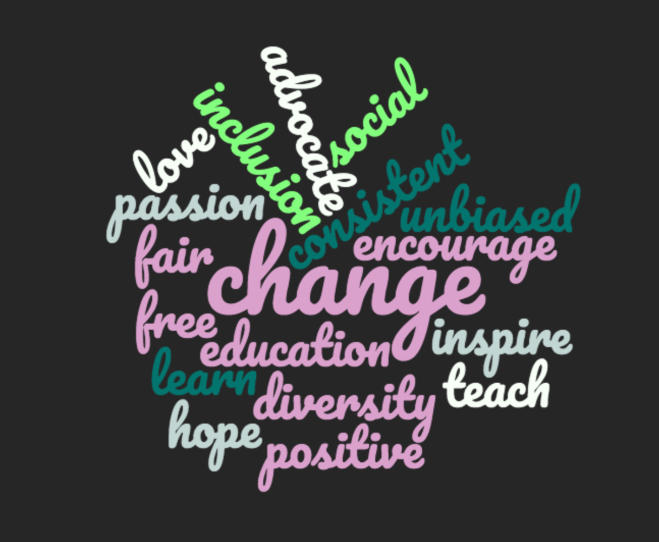LESSONS LEARNED…
- A primary goal of programs should be to see children develop in a healthy, holistic manner, they should be willing to accommodate all children regardless of age, physical abilities, ethnicity, religion, or gender.
- Diversity is unavoidable and should be embraced. Bringing together people of various backgrounds with different life experiences can generate ideas or perspectives that others may not have ever considered or been aware of.
- Being an advocate in the early childhood field demonstrates passion for children, their, families if the field itself. Finding what you are passionate about and becoming an advocate is an important part of an educator’s professional journey.
LONG TERM GOAL..
In the future, I look forward to creating a legacy for myself by creating an early childcare from the foundation up the caters to ALL children and their families.
FAREWELL AND BEST WISHES!
Working with colleagues in this course has allowed me to become even more open to feedback and to deepen my thinking. Many times as I read the responses to my discussion post, I thought to myself ‘wow, I did not even think about it that way’. This is an example of how supporting each other is also a tool to stimulate thinking.
As we prepare to move onto to becoming education professionals, it is my wish that we continue to use the knowledge gained and intentionally make the effort to apply it to our careers and our everyday lives.
I imagine Early Childhood Education through these words…

It was a pleasure working with you! Please stay in touch.
Email: jontae_edgecombe@hotmail.com


